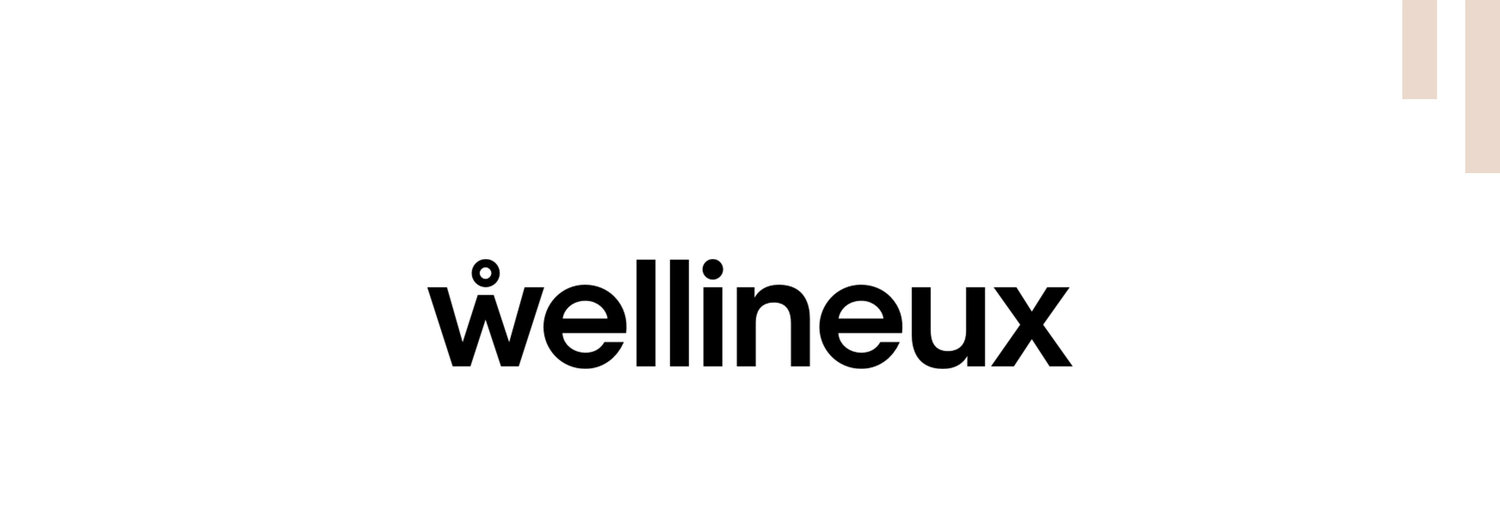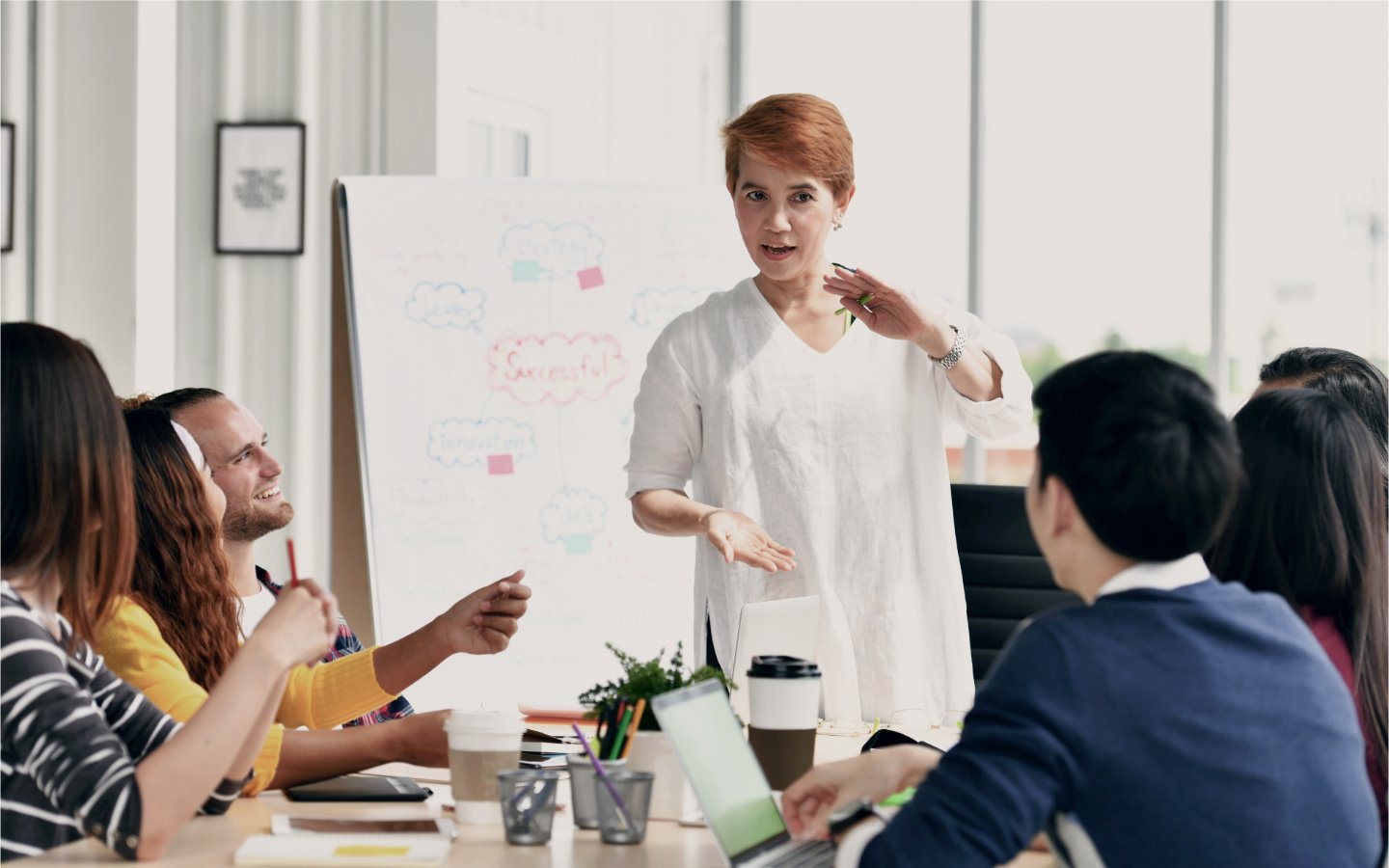The blank canvas of collaboration
/“Everything about us - our brains, our minds, our bodies - is geared towards collaboration in social systems. This is our most powerful survival strategy, the key to our success as a species, and it is precisely this that breaks down in most forms of mental suffering”
Bessel van der Kolk, Psychiatrist
What stops us from collaborating effectively with our colleagues? What causes the silos that we hear talked about so often they’ve become the norm?
These are questions I often ask at workshops and I am met with a multitude of answers;
Lack of trust
They simply don’t understand us
Collaborating slows me down
It’s easier to do it myself
Fear of being judged
Any of this sound familiar?
This is the norm in many workplaces around the world. The incredible diversity of views, skills, experience and perspectives are not being benefitted from within our organisations and the same is true for all the wonderful perspectives that exist outside of our organisations as well.
Yet, we are a social species that is innately collaborative. We all know how to collaborate. This is not a case of being lacking in skills or competencies. We don’t need to send ourselves or our teams on training courses to learn how to connect and collaborate. No, this is about really noticing what is getting in the way of our innate capability.
As an example, consider drawing a stick figure image of someone you find it hard to collaborate with or even avoid collaborating with at all cost. Label that image with all of the thoughts you have had about them when you haven’t wanted to connect with them. Then, take a step back, and notice.
What do you see? What’s your experience like when you believe all of these labels to be true?
Then draw a stick figure of yourself and label it up with all the things you think you should be when interacting with the other person. What are all the shoulds weighing down on you? What’s your experience like when you try to live up to the expectations you have?
Then you could do one final drawing of how you think the collaboration will go, putting down all your thoughts on what will happen. And again, notice. How do you feel when you think this is how the interaction will go?
Whatever flavour all this noise shows up as, it all takes you out of the present moment and into your imagination about what connecting with this person or people will mean. It lowers your state of mind and, in this burdened place, we’re less able to access the potential that exists to collaborate and connect with others.
Like a shaken up snow globe with lots of snow circling around, our thoughts burden our mind and leave us with less perspective and less access to our innate capacities. They constrict our potential and leave us with limited options.
Yet, when we start to leave the door open to possibility of not knowing any of the labels around any element of the situation, we get to walk towards a blank canvas with infinite possibility to collaborate and really explore together.
As Stepahnie Perkins says, “a blank canvas has unlimited possibilities” and from that place, who knows what might be possible?









































